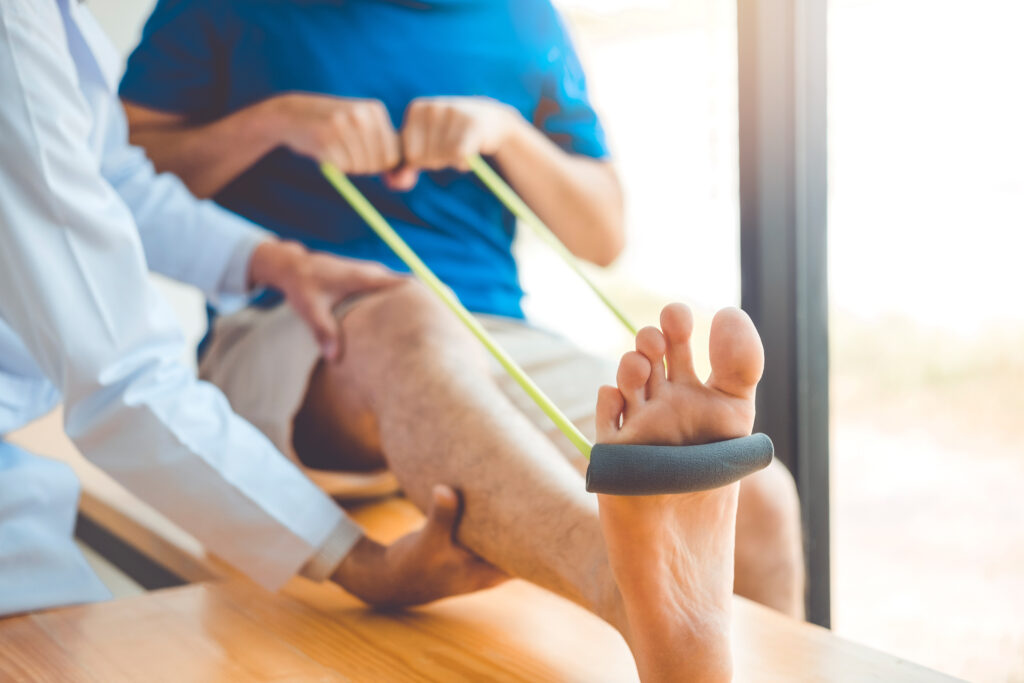
In our last article, we discussed how seeking physical therapy can help you to prepare for an upcoming surgical procedure. Whether you’re getting a hip replaced or a cancer removed, a prehabilitation plan could make the difference between an easy or a difficult recovery.
The benefits of PT don’t stop pre-op, however. Physical therapy remains important after an operation, as well. Read on to discover the many benefits of seeking physical therapy services after an operation.
Get back to business
Rehab, by nature, is meant to re-introduce your body to daily life and daily activities. Post-op PT will ensure that your overall well-being is improved, since limited range of motion can be a disheartening experience. Allow your PT expert to develop a plan for you to get back on your feet, physically and mentally.
Increase mobility
While surgery can temporarily inhibit your range of motion, physical therapy can help you get back on track. Your body will naturally attempt to protect the area that is affected by tightening the muscles, increasing swelling, and in other ways. It is up to you to tell your body that it is okay to recover; physical therapy helps with this by reintroducing your body to the motions of daily life.
Strengthening exercises for the back, core, pelvis, and other muscle groups will give your body the support it needs as different parts of the body can’t temporarily be relied on for support.
Reduce pain and swelling
After surgery, the chemicals in your body may cause you to experience pain and swelling. These two issues go hand-in-hand, as compressed nerves are often the cause of pain, and healing takes time and patience. The exercises taught during PT give you the tools to decrease swelling and feel better.
Prevent further issues
The last thing anyone wants after a surgical procedure is a host of other problems to develop as a result. Possible side effects of surgery that need to be prevented include the development of scar tissue, blood clots, and infections. Massage and ultrasound therapy is a powerful tool that PT can provide, along with exercises to prevent these other conditions.
While recovering from a surgical procedure brings with it many challenges, physical therapy is an essential part of the recovery process that will help you get back to normalcy as soon as possible. As always, consult your physician about options and whether or not a rehab schedule is right for you.
For all of your prehab and rehab needs, contact the expert physical therapists at CORE 3. We’re eager to help you recover from surgery and regain your best range of motion and quality of life!
